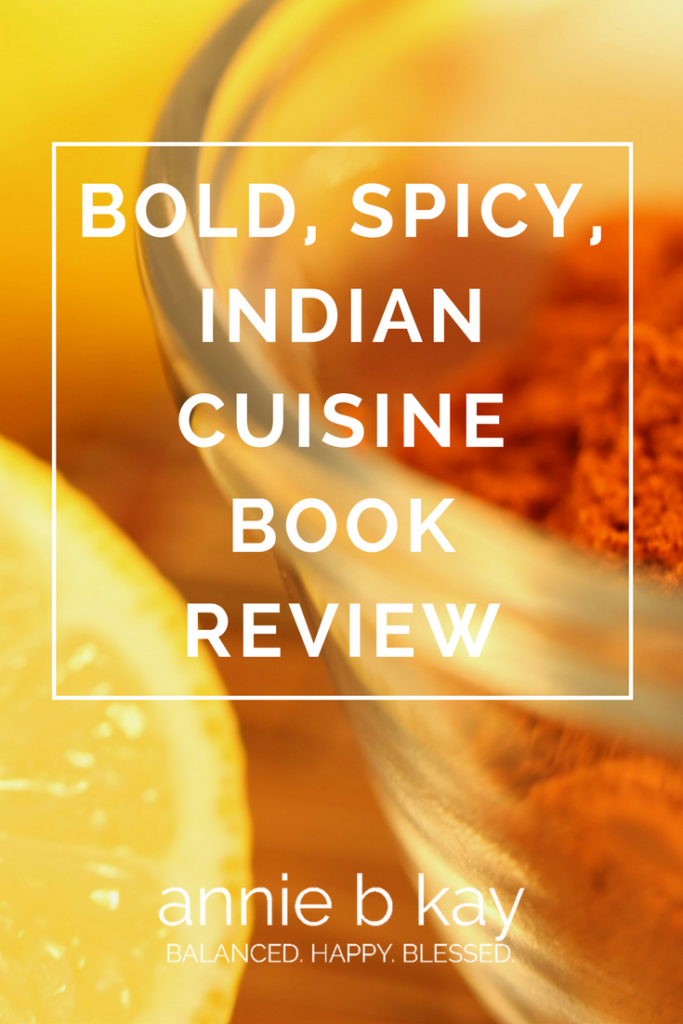

Quickeners Podcast
Quickeners are inspirations. Quick ones. To help you have more fun, ease and vibrance in life. Quickeners podcast aims to inspire your self-care. This podcast is an audio collection of things that I’ve noticed are keys to shift. They are consistent with the...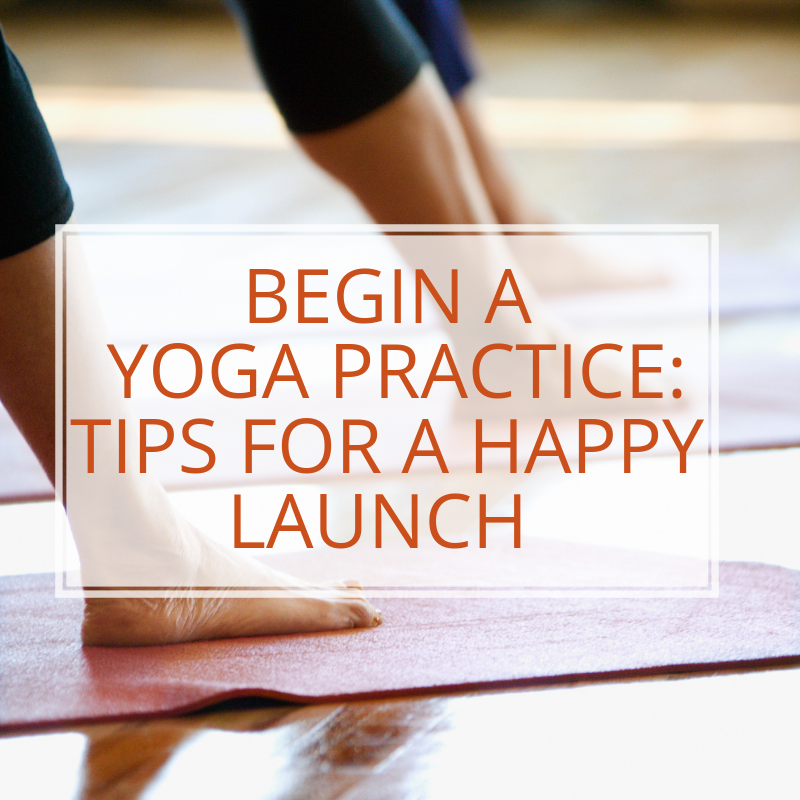
Begin a Yoga Practice: Tips for a Happy Launch
Thinking of adding yoga practice to your lifestyle? Lucky you! The first exposure of yoga is a profound experience (but for those who have a poor first match, a decidedly not-so-profound).
Here are some tips for what you can do to increase your odds of having an enjoyable and beneficial first experience as you begin a yoga practice.
1. Know yourself.
Your age, fitness level, and relative interest in physical or spiritual development will all influence your best class choice. If you are 50 and not in great shape, a level 2 Ashtanga class may be stressful and painful enough to turn you away from yoga forever. A gentle Kripalu class, however, may start you on the path to actually enjoying the Ashtanga class once you have some experience under your belt.
2. Start slow.
Choose a class that seems easy and doable first, and then progress to more strenuous styles or more advanced classes after you have learned a few basics. Learning the basics of how the body works in yoga, and how to do postures safely as you move deeper, is essential to being able to sustain a long-term practice. Please don’t skip that step! Many studios offer a series of basic classes.
3. Learn a little yoga lingo.
If you are young and fit, more active styles of yoga may be a great introduction to the practice. These include Ashtanga, Bikram, Vinyasa, and Power styles. If you are older or less physically active, begin with Kripalu, gentle Hatha (usually a blend of styles ), Viniyoga, or another gentler style. Yin yoga and Slow-flow yoga tend to be deep and meditative with longer holdings. If you enjoy an intellectual approach, you may enjoy the Iyengar style with its precise alignment and detail. Kundalini yoga features chanting and song, lots of fiery breathing, and postures which can be scaled up or down to match your physical ability. Ananda, Shivananda, and Integral yoga tend to feature spiritual development more than postures. You will, however, likely hear some yoga philosophy in any style of yoga, depending on the background and preferences of your teacher.
4. Chat with your teacher.
Here is a list of questions, excerpted from my book Every Bite Is Divine, (p 140), that will help you get to know your teacher better:
- What type of yoga do you teach?
- Do you work with individuals with medical issues or special needs?
- How long have you been studying yoga?
- How long have you been teaching?
- Do you have students like me (e.g., unfit, overweight, disabled, or with other issues) in your classes?
- Do you do individual instruction?
- How much does that cost and what would I get out of that?
5. If the first match doesn’t work, try try again.
Don’t be discouraged if you do not enjoy your first class. Try several before giving up your quest.
Here is an excerpt from Every Bite Is Divine (p 58) on beginning a yoga practice:
Before launching a new health regimen, talk it over with your physician. If you have an existing medical condition, work with your health team to adapt this work to honor your medical needs.
Professional yoga instruction is recommended for beginners. Wear loose, comfortable clothing that does not inhibit movement for practice. Find a quiet space large enough to stand with wide legs and to move your arms in all directions. A towel or yoga mat and a cushion or blanket can help make you more comfortable.
Principles for safe yoga practice include moving slowly and with awareness, maintaining smooth, easy breathing through the nose unless otherwise instructed, and not straining to achieve a position. Your yoga practice is a time to pay attention to your physical abilities and limitations and to make compassionate adjustments accordingly.
Please note that there are several types of yoga postures not recommended for an overweight body just beginning to practice. For example, inversions (going upside-down) facilitate the cleansing processes of the body, which is of particular benefit to those with hypo-digestion (slow digestion in relation to appetite) and the resulting buildup of body mass, toxins, and so forth. But the primary inversions of yoga—headstand and shoulder stand—can be injury-inducing for beginners with excess body weight and low muscle strength. So, if you are overweight, especially if you are not regularly physically active, you may need to adjust postures in order for them to be safe and beneficial. But, no matter who you are, each asana (posture) may be done safely with skillful adjustments. Working with a skilled instructor will help you learn how to make inversions and every other yoga posture safe and beneficial. Enjoy! It requires awareness and an attitude of taking your time to cultivate a beneficial practice.
If you are not regularly physically active, begin slowly so that you prevent injuries related to overdoing it. One yoga principle says that practicing for 10 minutes every day is preferable to practicing for 3 hours once a week. It’s showing up for regular daily practice that holds the magic.
A yoga practice usually contains a period of centering or settling down and turning your awareness inward, warming up or preparing the body for practice, a period of asana (physical postures) with pranayama (awareness to breath and energy movement), and relaxation/integration. There is, however, no “recipe” for a practice, and the elements listed often blend together. A period of meditation often follows a yoga practice.
May you have a life-long yoga practice that leads to happiness, health and your own true self.
Namaste.
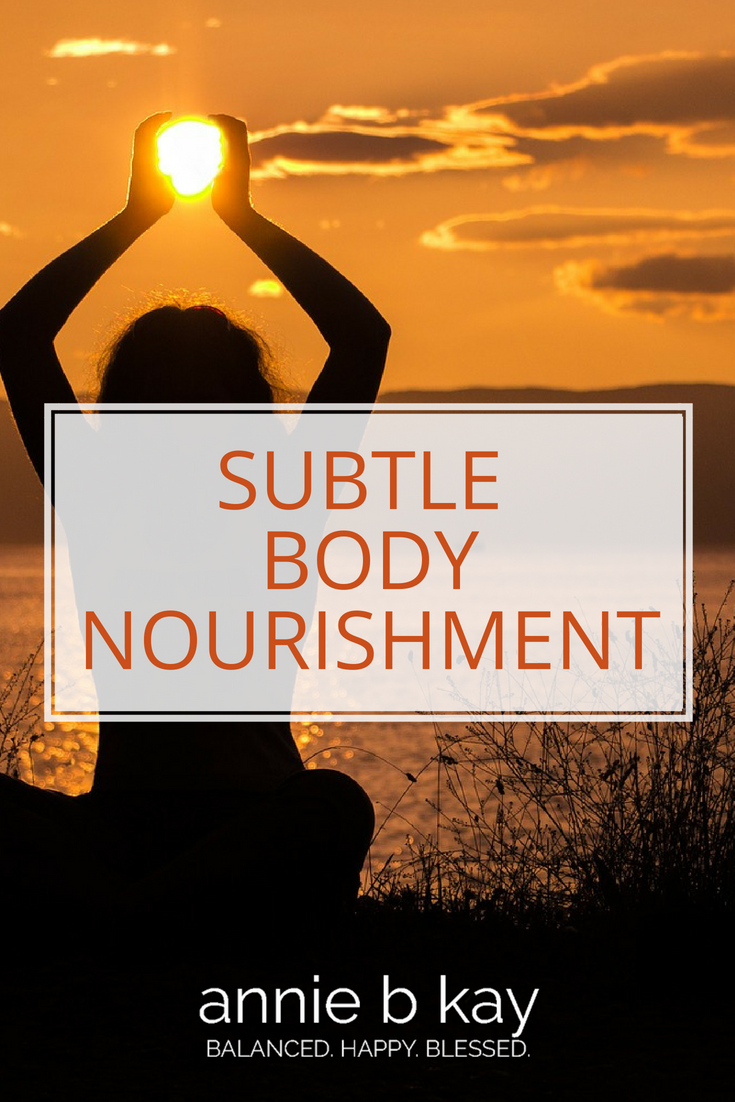
Subtle Body Nourishment: Benefits of Learning the Art & Science of Energy
Getting the balance of eating and yoga practice down is a challenge for anyone. We overdo it, we under-do it, we practice when we’re full. We under-eat and don’t have the energy to perform. Sigh. Our energy, as well as our hunger peaks and valleys – getting it right is a dynamic dance.
Understanding and experiencing your own subtle body (in yoga, that includes your thoughts, intuition and energy bodies) takes practice. When you practice skillful navigation of your subtle body, particularly balanced with the knowledge of your nutritional needs, it can help prevent you from falling off a nutritional cliff of over- or under- doing it. This is especially handy once you begin the esoteric energy practices and learn that you have greater control over hunger and satiety that you’d realized. Then, having the wisdom of science to anchor you in adequacy is even more important to maintaining physical health.
That’s subtle body nourishment.
Why Bother? Benefits of Energy Practice
When you learn eating meditation techniques you are learning how to turn inward and participate in your body’s guidance systems – you have the option of taking more control – be it breath or eating or even thinking. That’s what all the hoopla is about. If we don’t understand that we are taking the steering wheel of hunger and satiety, it’s easy to under-eat once prana (life force, or energy as in your breath) starts expanding and getting excited. Then, it’s easy to overeat through your inevitable energy contraction.
Many a yogini seems to get into eating trouble when learning these more esoteric practices. It doesn’t have to be that way.
Life is an energy experience. Meditative practices are energy practices, and require that you spend time within your inner landscape – the more time you spend there exploring and curious, the better you will know and be able to navigate that landscape.
By learning how to operate your own subtle body, you can ultimately better navigate the chaos without getting overwhelmed by static. You can operate in a more intentional way.
This sort of practice brings consciousness to your personal energy ecology; the conditions under which you shine, for example.
Energy practice, meditation, mindfulness can help you learn how to improve your digestion – how to basically give your bodies what it needs (time and calm, primarily) to digest properly.
What is the Subtle Body?
In yoga philosophy, the subtle body is the aspect of you that is unseen by the human eye. It includes your thoughts and emotions, the wisdom aspect of you – your intuition, and your energy body.
The subtle body profoundly determines how you feel, react and respond to the world around us. When you learn how to guide your own thoughts, for example, you can literally change your perception of your own life. When you learn to ground your energy body, you can handle the spiral of chaos that the world at times seems to be, rooting in the real rather than swirling away in yet another frenzied tweet.
Food & Yoga Practice
The truth of the matter is that everyone is different – physically but also nutritionally. How well you can perform right after you eat, and the ideal makeup of a meal to fuel your practice is individual. There are, however, guidelines – rules of the road. Ayurveda practitioners say that certain foods create certain energies. Western science has their own version of the same idea – in a very different language. The language of macro and micro nutrition, and meal timing.
Ultimately, the way to figure out what works for you is to do the experiment. Notice how it works for you.
I’ve been thinking about subtle body nourishment and how food and practice interact in preparation for a gathering of souls at Kripalu July 8-11, Sunday through Wednesday morning. If these topics get interest you, consider joining me to practice, explore and learn about what the yogis and Western nutrition has to say about it.
Be well, practice on.
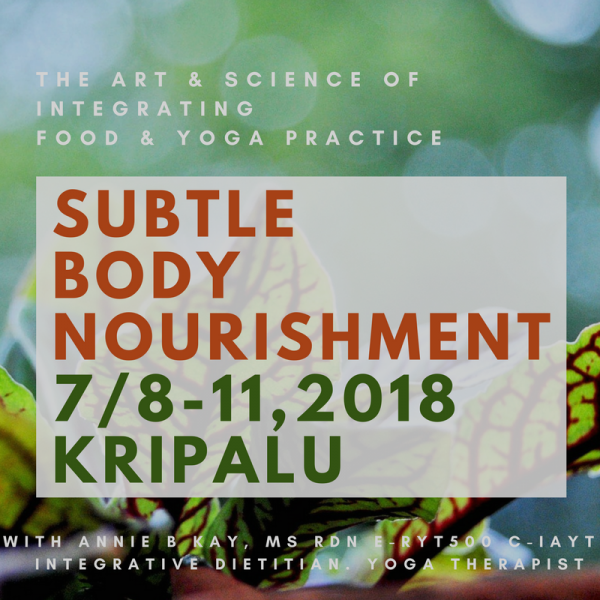
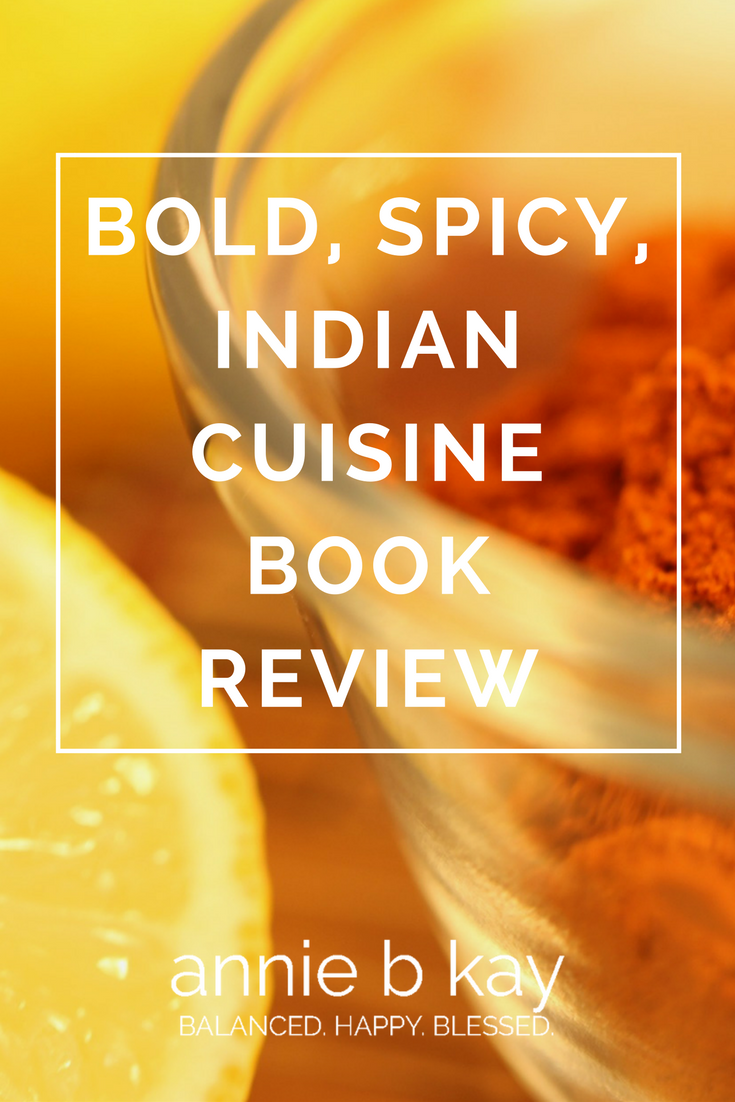
Bold, Spicy, Indian Cuisine Book Review
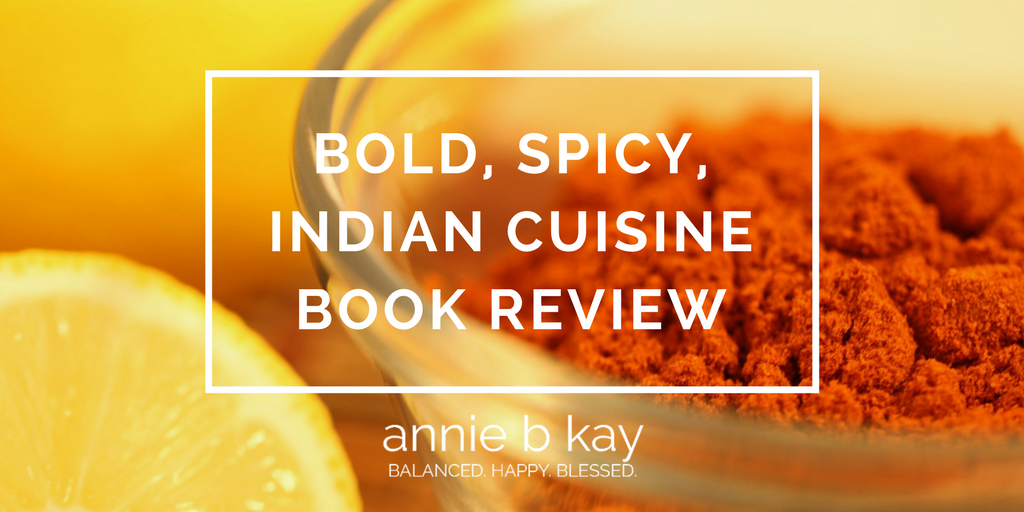
I’ve worked at Kripalu (the largest yoga center in the country) for seven years, so I have enjoyed my share of Indian food. I love the flavors of India – spicy curries, sweet-piquant chutneys, yogurt and lots of creative plant-based proteins. Indian cuisine in its original form is naturally healthful – filled with plants (often vegetarian) and aromatic spices.
I also love the work of the American Diabetes Association (bias alert – they published Yoga & Diabetes, which I co-authored). They have put together a collection of beautiful cookbooks that reflect a fresh range of ways of cooking and eating for health. If you have not yet looked at their growing collection – check them out! You don’t have to have a diabetes diagnosis to enjoy them – they are simply accessible healthful fare for everyone.
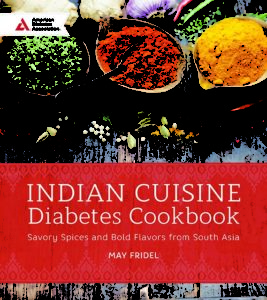 May Abraham Fridel’s Indian Cuisine Diabetes Cookbook has an authenticity and accessibility that are the hallmarks of a great cookbook. It practically smells like cumin – must be the beautiful red-brown of the two-color interior and beautiful four-color photos of select dishes. If you love the smells and tastes of India food and want to bring a bit of that into your own kitchen, this is a book for you.
May Abraham Fridel’s Indian Cuisine Diabetes Cookbook has an authenticity and accessibility that are the hallmarks of a great cookbook. It practically smells like cumin – must be the beautiful red-brown of the two-color interior and beautiful four-color photos of select dishes. If you love the smells and tastes of India food and want to bring a bit of that into your own kitchen, this is a book for you.
The book begins with an overview of the philosophy behind India cooking, including the ancient nature-based wisdom of Ayurveda, a sister science of yoga.
There is a Spice Guide, a Pantry List, and some How-To Recipes to introduce you to the staples of healthful Indian Cuisine.
This is the book I will consult the next time I make Dal (spiced lentils). There are three easy tasty recipes and tons of advice to guide me. There’s a healthy version of my favorite Indian dish, Palak Paneer (cheese in spinach sauce) – this one uses tofu instead of cheese and skips the heavy cream that often turns that healthy sounding dish into something that while filled with nutrients is also calorie-dense. There is a chapter on street food and one on elegant dishes, a chapter on curries, a chapter on grilling, a chapter on Indian flatbreads, one pot meals, sides including slaws and salads, and drinks (I love me some lassi – India’s yogurt smoothie).
Ms. Friedel is a food literacy advocate, philanthropist and the founder and CEO of an organic spice company (www.passionforspices.com). She clearly knows of what she speaks when it comes to the flavors and spices of India.
I’m grateful for her offering, happy to add it to my cookbook shelf and look forward to continuing to sample and to learn about Indian cuisine.
